Design and Application of Cloud Test Platform for Launch Vehicle Electrical System Based on Data-Driven Approach
2022-07-15ZHANGQianLIULiangSHENXiang
ZHANG Qian,LIU Liang,SHEN Xiang
Beijing Institute of Astronautic Systems Engineering,Beijing 100076
Abstract: In order to improve efficiency of the integrated test of a launch vehicle electrical system while meeting the requirement of high-density,a cloud test platform for the electrical system was designed based on a data-driven approach,using secure private cloud technology and virtualization technology.The platform has a general hardware and software architecture,which integrates the functions of graphical editing,automated testing,data processing,fault diagnosis and so on.It can realize multi-task parallel testing.Compared with the traditional test mode,the platform has obvious advantages on testing efficiency and effectiveness.
Key word: data driven,secure private cloud,cloud test platform,virtualization
1 INTRODUCTION
The launch vehicle electrical system is composed of parallel subsystems,such as the control systems,measurement system,and utilization system.The control system includes navigation,guidance,attitude control and other functional modules,which are mainly used to control flight trajectory and attitude of the rocket.The measurement system is a combination of telemetry,external measurement and safety control systems,which is used to acquire the status parameters of the rocket.The utilization system is used for propellant management and engine mixture ratio deviation control.Electrical system testing is the most important means of assessing the performance of a launch vehicle’s electrical system.The reliability,comprehensiveness and effectiveness of the test are directly related to the success of the flight test.
At present,electrical performance testing covers all stages of a launch vehicle,including comprehensive test,factory test,and flight test.The traditional test method is mainly based on task-driven responses,depending on the test items of every type of the rocket system.It does not realize the full-closed test of electrical performance,due to lack of a unified test platform and performance evaluation system.In addition,the test data is distributed throughout respective servers,so lacks unified data management.As the test model has increased in density,these short comings seriously affect the test efficiency,test reliability of the launch vehicle,so the overall performance evaluation of the electrical system cannot be realized,which brings challenges to the traditional experimental model[1].
In the field of domestic testing,the distributed automated test system has been widely used at production sites such as automobile,aircraft and satellite.The measurement and control framework mainly uses virtualization technology to achieve efficient use of test resources.It controls hardware drivers through software,outputs instructions to control multiple objects,and collects the status in real time.While in the field of rocket testing,the distributed system has not been applied effectively.In order to meet the requirements for the electrical performance test,a cloud test platform for the electrical system was built based on cloud data and Internet+.The platform was enabled using generalized,tailorable and scalable hardware technology[2].Based on virtualization,private cloud,and a distributed system architecture,it made full use of experimental data to form a new test mode which enabled a transition from task-driven to data-driven.
2 OVERALL DESIGN
The hardware part of the cloud test platform for the electrical system was centered around a data integrated management cloud platform.The software portion consisted of system configuration management software,automation test software,process monitoring terminal software,data processing and analysis software,fault diagnosis and prediction software.The composition of cloud test platform is shown in Figure 1.

Figure 1 Test platform composition block diagram
As a test and data management tool,the data integrated management cloud platform implements task scheduling,data management,data analysis,decision support,and results display for the entire test platform.The system is implemented with a secure private cloud platform,which distributed management and control based on virtualization technology.
The system configuration management software realizes the protocol configuration of the interfaces,through a mapping relationship with other platform software[3-5].
The automation test software is responsible for configuring the test device,editing the test process,executing test tasks and so on.
The process monitoring terminal software is responsible for displaying the interpretation results of various parameters.
The data processing and analysis software is responsible for data playback,data mining and analysis.
The fault diagnosis and prediction software analyzes the test data and provides fault prediction information.
3 PAGE/FONT SETTINGS
Based on the hardware part of the cloud test platform for electrical system,the data integrated management cloud platform adopts a three-layer architecture of classic cloud platform,including IaaS,PaaS and SaaS[6,7],as shown in Figure 2.
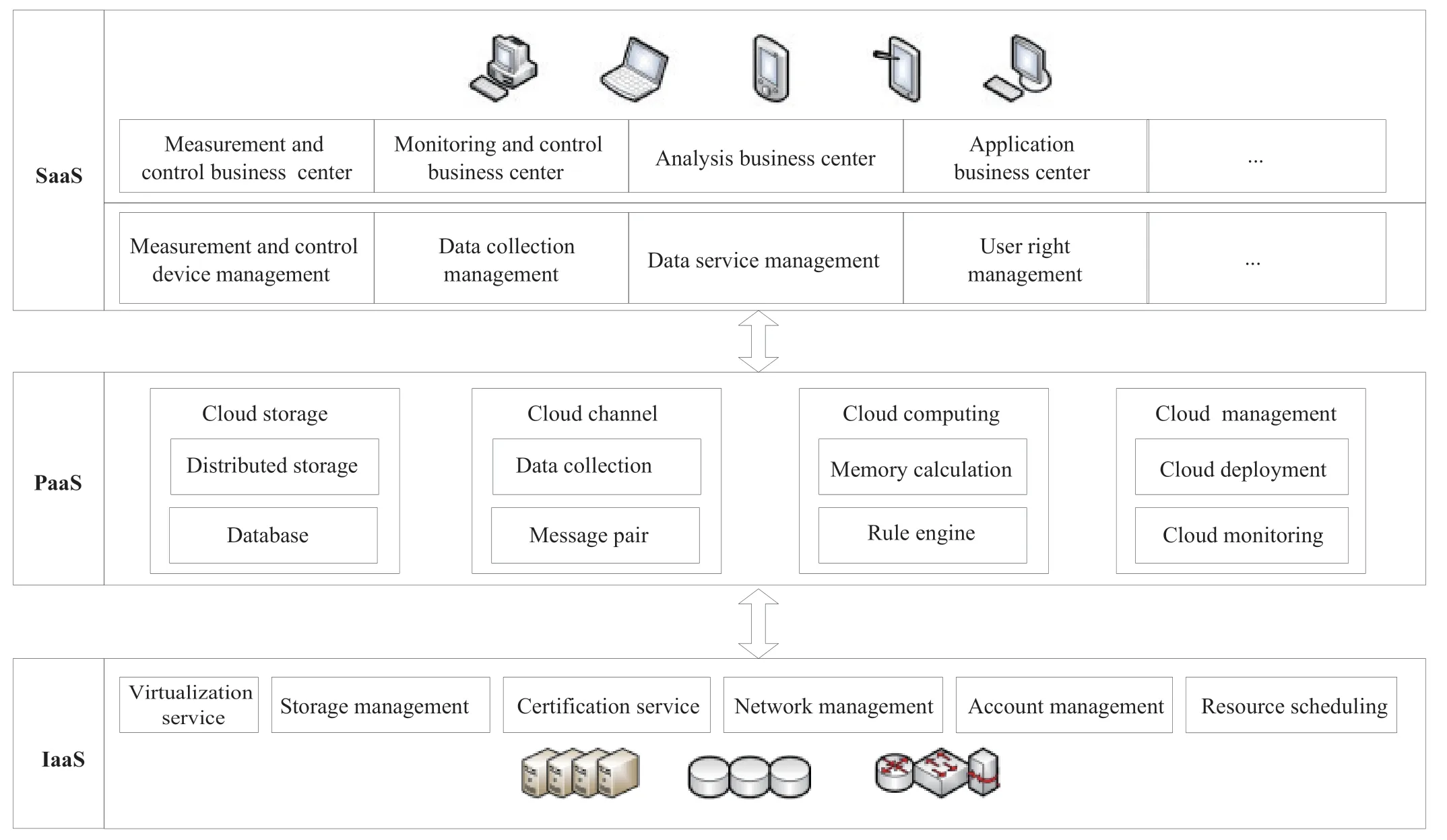
Figure 2 Data integrated management cloud platform architecture
The IaaS layer includes computers,servers,communication devices,storage devices.It can provide users with IT infrastructure services such as computing,storage or network communication capabilities to virtualize and schedule all computer resources.The PaaS layer is mainly used to deploy the operating system and development tools for users on the infrastructure layer.It has basic capabilities including cloud storage,cloud channels,cloud computing,cloud management and more.The SaaS layer is used to deploy the application software of the manufacturer.It provides users with interface access for multiple types of terminals such as desktop,laptop,and PAD,and aggregates to form various business centers such as measurement planning,data monitoring,and data analysis.[8]
4 SOFTWARE MODULE DESIGN
4.1 System Configuration Management Software
The system configuration management software is responsible for the management of the entire test system,including user management,log management,hardware management,software configuration management,interface protocol management.The functional framework is shown in Figure 3.User management includes user login management,role permission configuration,model authentication management.Log management contains logging management,process query management,etc[7].Test hardware management contains test device IP,port,encryption method.Software configuration management contains start and stop of software scheduler,start and stop of multi-cast parameter reception.Interface protocol management covers the command sending interface,telemetry data receiving interface,geodetic parameter receiving interface.
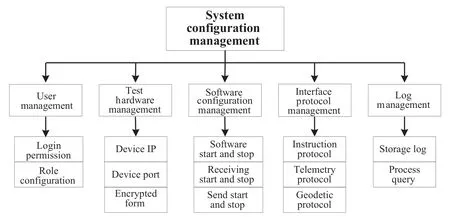
Figure 3 Function framework of system configuration management
4.2 Automation Test Software
The automation test software can be divided into four parts namely,test sequence configuration,test flow execution,test data retrieval and test result generation,as shown in Figure 4.
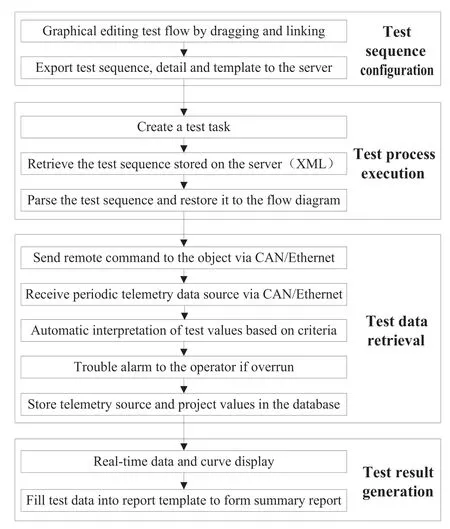
Figure 4 Working framework of automation test system
The test sequence configuration translates the graphical test sequence into a machine-readable test sequence table file.By configuring the test sequence primitive information and the primitive attributes[9],a test sequence file is formed for subsequent process execution.The test process execution needs to create a test task first,then a test flow is formed by calling the prepared test sequence.Testers can choose to execute the process continuously or manually.The test data acquisition opens another thread to receive the ground measurement and telemetry data during the process execution.The tester interprets and stores the data according to set decision criteria.The test result generation is used to display the obtained test result numerically or graphically,and form a test report according to the test template.
4.3 Process Monitoring Terminal software
Monitoring is a very important part of the whole test process.Its main purpose is to complete the analysis and presentation of test data.The test data includes wired data and wireless data,and is processed by the data acquisition device and a demodulation device to form a unified network interface protocol data packet which is transmitted to the data acquisition server.The process monitoring terminal software comprises a general data analysis algorithm and general criteria mode settings to monitor the status of the equipment during the test[10].
As shown in Figure 5,the process monitoring program acquires the data from the collection server at the startup time for parsing and interpretation.At the same time,the processing results are saved to the database,and simultaneously pushed to the front-end interface for presentation[11,12].

Figure 5 Flow chart of process monitoring terminal software
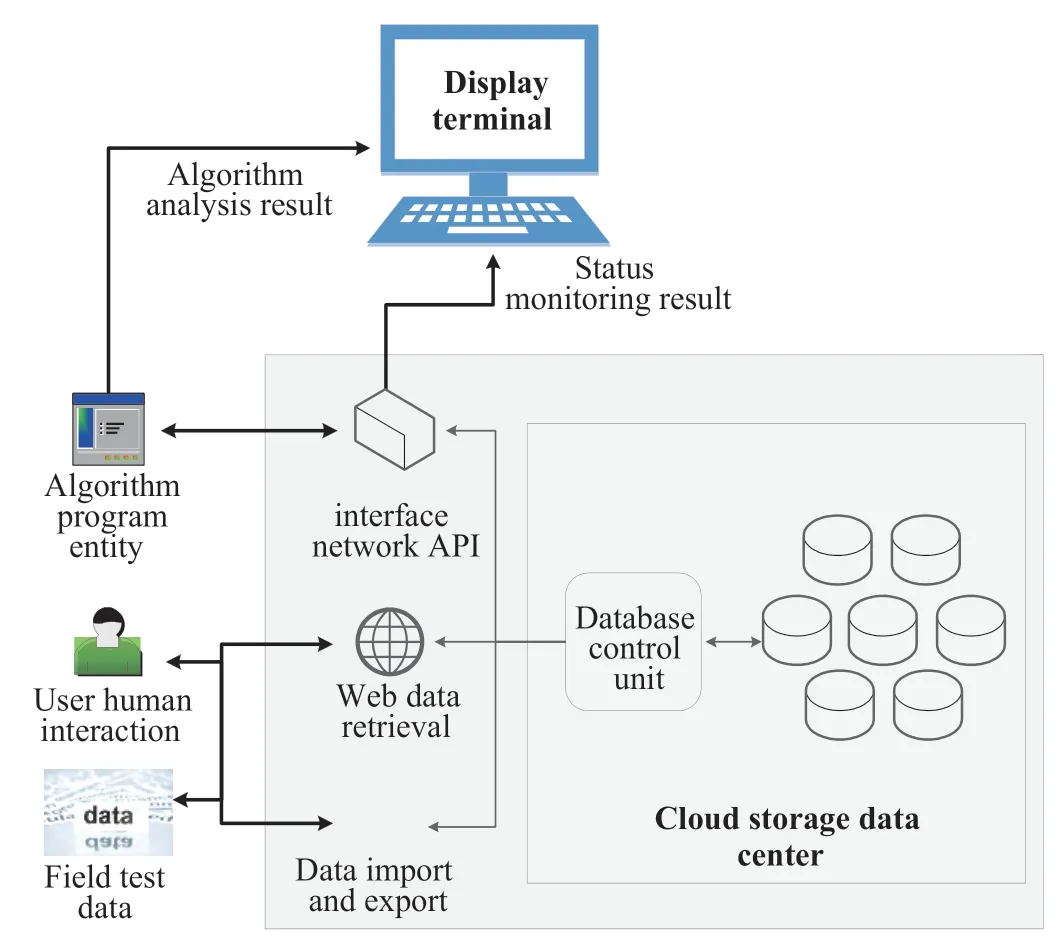
Figure 6 Framework of data processing and analysis software
4.4 Data Processing and Analysis Software
The data processing and analysis software accesses and mines data.It provides comprehensive analysis and processes test data at various stages in the equipment.Data mining stores parameters based on the database system of cloud platform,including device status,current,voltage,pressure,temperature,power consumption,counting,fuel.The parameter types cover analog quantity,digital quantity,environmental parameters,status parameters,where the specific status can user-defined.The data mining algorithm library has the following data processing functions.Frequency parameter data analysis supports singular value elimination,key parameter extraction,long-term stability analysis and statistical analysis,etc.Power parameter data analysis supports power characteristic statistics,trend fitting and analysis,etc.Time data analysis supports various functions such as time scale and stability analysis over a time interval.
4.5 Fault Diagnosis and Prediction Software
The fault diagnosis software initially diagnoses and analyzes the measurement point information to obtain early warning or alarm information of the equipment.At the same time,it manages the expert system knowledge base,and establishes fault models according to historical data.According to the status monitoring technology adopted by the device and the extracted status feature parameters,the fault diagnosis software module provides a mature diagnostic processing algorithm,and establishes a knowledge base of diagnostic references,which can be added and modified continuously and quickly[6].The processing flow is shown in Figure 7.
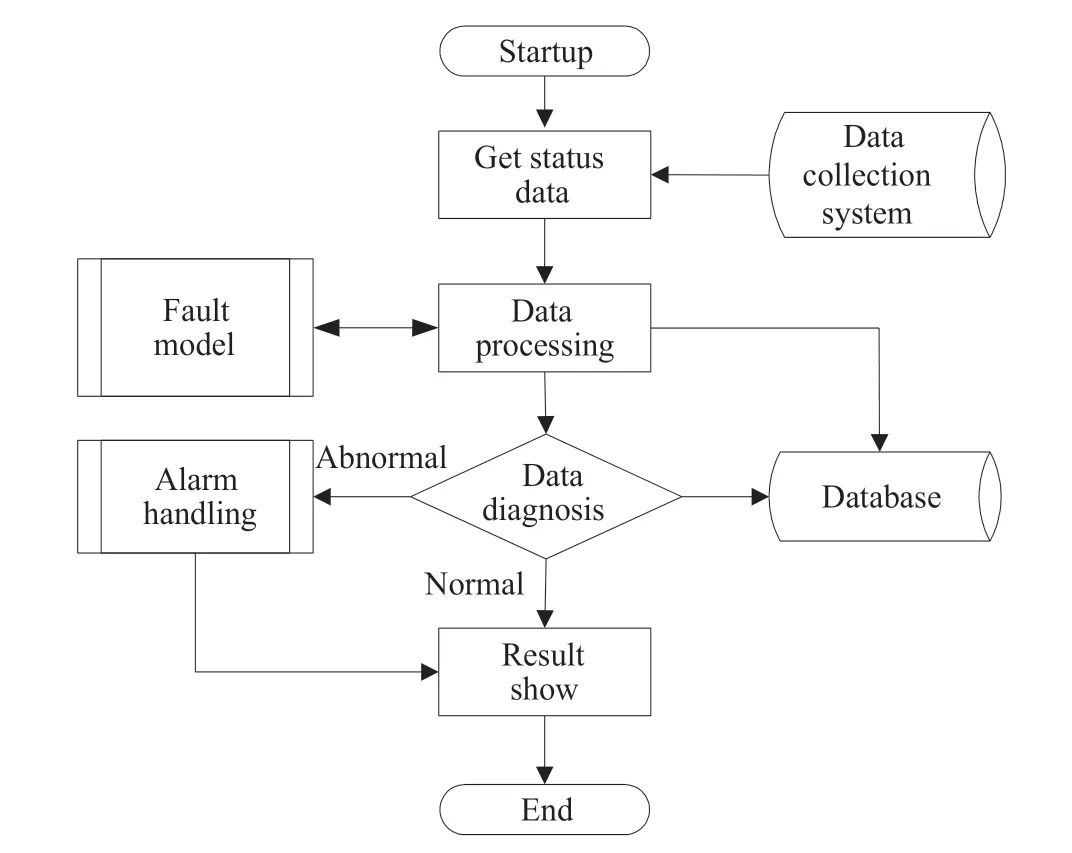
Figure 7 Flow chart of fault diagnosis and prediction software
As shown in Figure 7,the core functions of the fault diagnosis and prediction software are data acquisition,data processing,and data diagnosis.The background data processing part compares the sample data with the normal data,and determines the normalized data of the test node by the difference and threshold of the corresponding node.In this part,the user only needs to input the thresholds of all the test nodes,to directly compute two kinds of normalized data for the hierarchical directed graph model and Bayesian network model,which are used in the fault diagnosis software.
5 KEY TECHNOLOGY
5.1 Data Interaction Processing
The platform adopts acomprehensive data management platform to uniformly store,process,forward and schedule data.The purpose is to provide uniform and standardized management of other connected devices,as well as to provide a minimum granularity of data prototypes for future big data analysis[13].Data interaction processing uses multi-threaded data interaction by using the scheduling mechanism of a java virtual machine,to ensure data integrity and greatly improve operational efficiency.
5.2 Virtualization Application
The platform adopts the method of server virtualization to realize parallel system testing.The application of virtualization technology makes full use of test server resources.The platform uses XenServer,which is a proven enterprise-level virtualization platform in a cloud computing environment.Xen technology is considered to be the fastest and the most secure virtualization software in the industry[14].
5.3 Instrument Driver Management
The design approach for this platform is to separate the device driver from the application software and decouple them[15].The advantage is that you do not have to think about how the upper application software is used (such as desktops and laptops),as well as to limit the development language of the application software (such as C++,Java,and Android).
5.4 Intelligent Scheduling Execution
The software program automatically creates the required processing thread according to the task.The threads run relatively independently and use preemptive scheduling models at runtime through associating memory variables.
5.5 Graphical Process Editing
The elementary process editing interface can describe the test requirements as if using Visio to draw a software flow diagram,which is described by a connection relationship.Initially,different test sequence orientations are executed according to preset values by judging the different results of the primitive output,and then the parameters of the test interpretation range,the transmission instruction code,and the like are set by editing the attributes of the primitives,and finally the software automatically converts the graphical test requirements into ATML text.In the specific implementation,the test item primitive is built with the basic primitive,and finally the test primitive constitutes the test flow[16].Therefore,the test program developer only needs to know the test requirements,and can generate the test description file without coding.
6 PLATFORM IMPLEMENTATION
6.1 Interactive Interface
The software interface of the cloud test platform for the electrical system is shown in Figure 8.A module structure is adopted as the main function,including instrument management,automatic testing,data center.[17]The current mainstream front-end framework BootStrap is used in UI design to support synchronous and asynchronous data transmission,which is beautiful and elegant.The Web Worker thread process is used in the data display to perform a large amount of data interactive processing quickly,which greatly improves display efficiency[18].

Figure 8 Software interface of test platform
6.2 Experiment Results and Analysis
Taking a specific model comprehensive experiment as an example,comparing the virtual test platform with the traditional test platform,the specific comparison results are shown in Table 1.
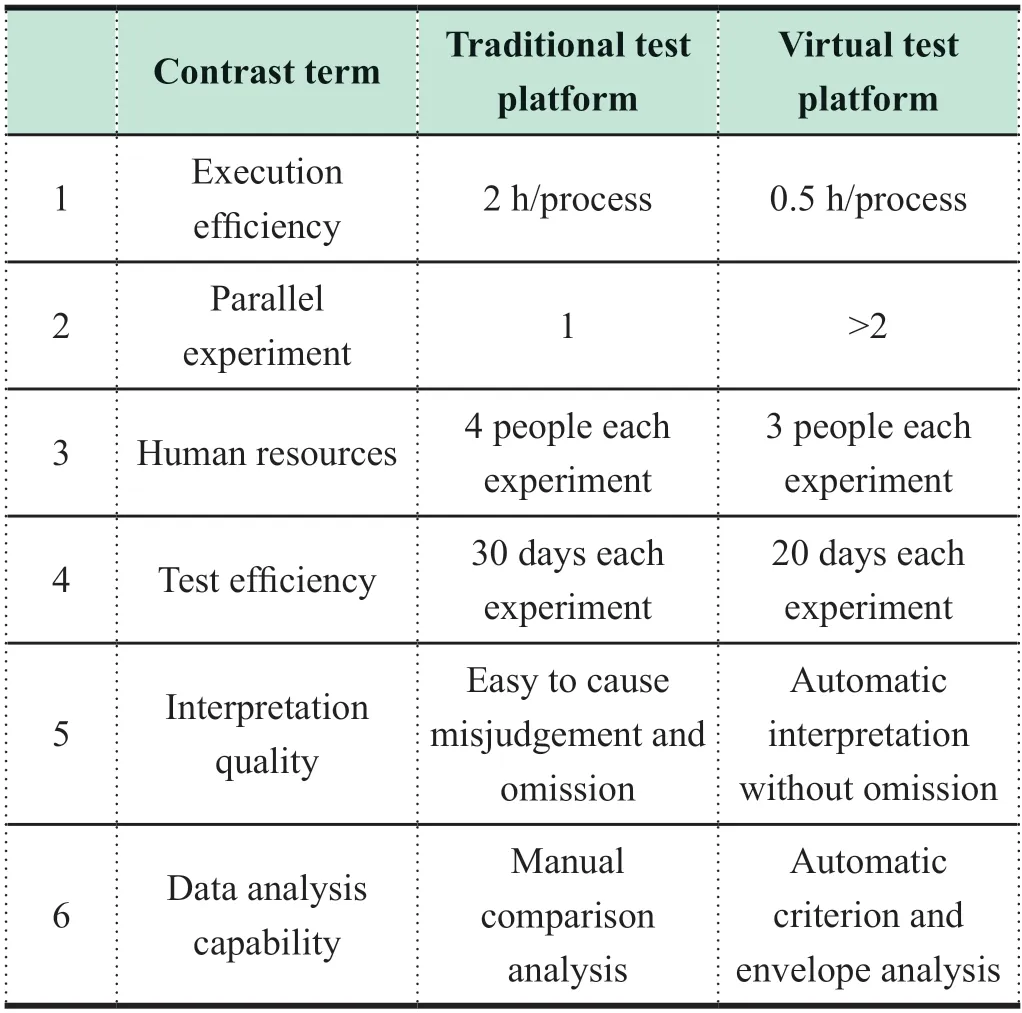
Table 1 Comparison results between the virtual and the traditional test platform
Through the analysis of the application for the multi-modellaunch vehicle comprehensive test,the performance of the platform works normally,including user management,data demodulation analysis,accuracy error analysis,fault analysis,device communication,test process configuration,automation test,data storage management[19,20].The platform’s application enables simultaneous testing of multiple models of launch vehicles,which saves on manpower and improves test efficiency greatly.
7 CONCLUSION
Based on a data-driven approach,this paper shows the design and implementation of a cloud test platform for electrical system using virtualization and private cloud technologies.The platform has a common hardware and software architecture.It can support multi-task parallel testing,and can realize cross-model data sharing and application.After being applied in the comprehensive test of the multi-model launch vehicle electrical system,the platform completed the comprehensive test requirements well,and has made a big breakthrough in test efficiency and test effectiveness compared with the traditional test mode.
杂志排行
Aerospace China的其它文章
- Kinetica-1 Carrier Rocket is Preparing for Launch
- CASC Released Blue Book of China Aerospace Science and Technology Activities in 2022
- Psychological Issues in Simulated Space Missions: What We Learn From Chinese Crew
- Research on Key Technologies for Reusable Liquid Rocket Engines
- Development Status and Prospects of Solid Rocket Motor Technology for Large Launch Vehicles
- Development Status and Main Application Progress of the Kinetica-1 Solid Launch Vehicle
